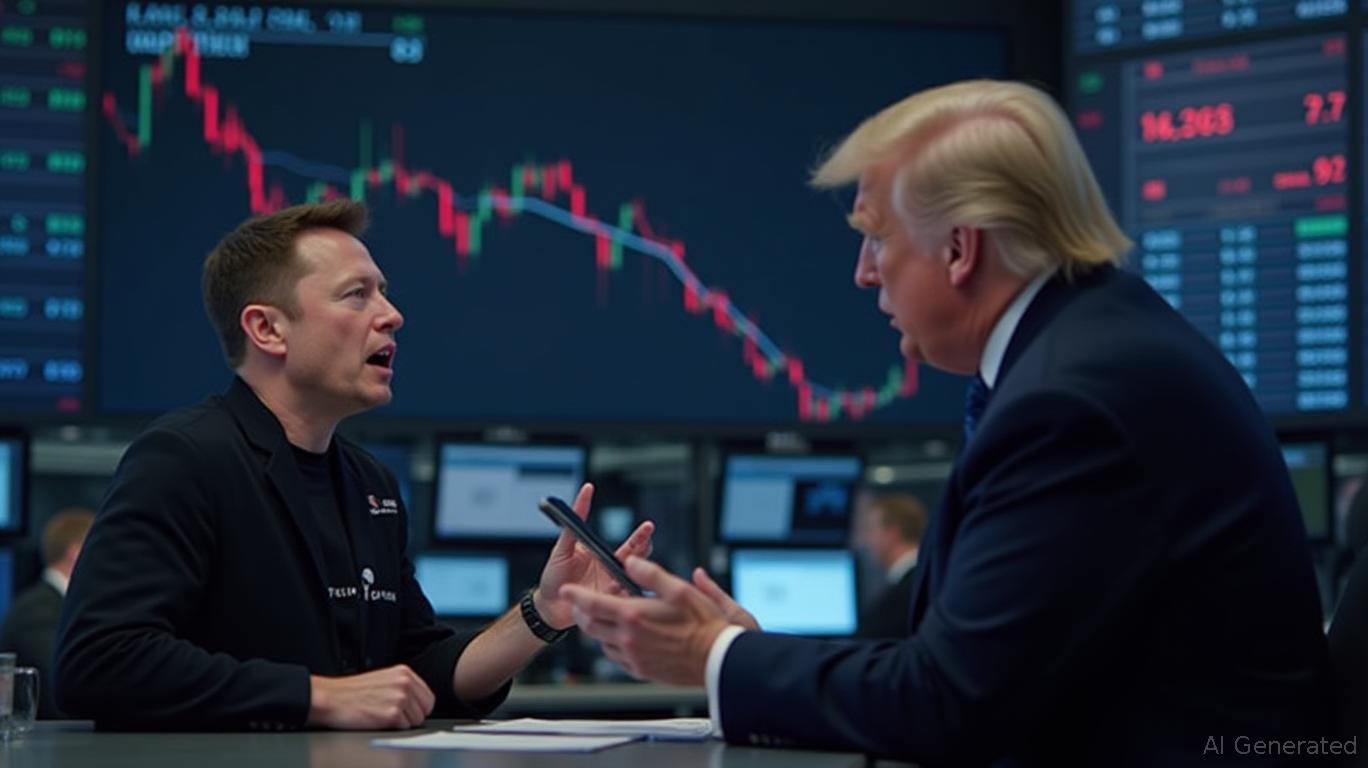Bitcoin Drops 4.3% Despite Institutional Inflows
Bitcoin's price has experienced a notable decline, dropping by 4.3% over the past three days after nearly reaching $97,900 on May 2. Despite this setback, Bitcoin has shown resilience, maintaining its position above $94,000 on May 5. This price movement has left some traders disappointed, as strong institutional inflows have not been sufficient to sustain the bullish momentum. However, several positive indicators suggest that Bitcoin could still achieve a new all-time high by 2025.
One of the most encouraging signs is the surge in Bitcoin's dominance over the broader cryptocurrency market, which currently stands at 70%. This is the highest level since January 2021 and has occurred despite the launch of several new tokens, including top-50 projects. This dominance makes riskier altcoins less appealing to new market entrants, further solidifying Bitcoin's position as the leading cryptocurrency.
Ask Aime: "Is Bitcoin's recent price dip an opportunity or warning?"
Institutional investors continue to show a strong appetite for Bitcoin, as evidenced by the $4.5 billion in net inflows recorded by spot Bitcoin ETFs between April 22 and May 2. Additionally, the increasing demand for Bitcoin futures signals growing institutional adoption, regardless of whether leverage is used for downside protection or bullish bets. The total open interest in Bitcoin futures markets has reached 669,090 BTC, a 21% increase since March 5. Even after Bitcoin's price crashed below $75,000 in early April, demand for leveraged positions remained strong, with the open interest in BTC futures on the Chicago Mercantile Exchange alone exceeding $13.5 billion.
Several factors have contributed to Bitcoin's struggle to reclaim the $100,000 level. Traders who bought in anticipation of the US Strategic Bitcoin Reserve bill on March 6 are growing increasingly frustrated, as the government has yet to disclose its BTC holdings or announce plans for further purchases. Additionally, similar state-level Bitcoin bills have repeatedly failed, including the latest setback in the US state of Arizona.
Despite these challenges, Strategy, a US-listed company led by Michael Saylor, has doubled its plans for BTC acquisitions. Over the past three months, gold has outperformed most assets, rising 16%, while Bitcoin has declined by 5% and the S&P 500 has corrected by 6.5%. This has challenged the notion of Bitcoin as an uncorrelated asset, as the cryptocurrency has repeatedly failed to decouple from the S&P 500 amid rising economic risks. The global trade war has led investors to favor fixed-income assets and cash positions.
Bitcoin's recent drop to $94,000 is particularly concerning given that Strategy announced the acquisition of 1,895 BTC on May 5, after doubling its capital increase plan to fund further Bitcoin purchases. However, since investors were previously uncertain about Strategy’s ability to raise additional capital, the announcement of an $84 billion plan on May 1 has reduced some of this risk. For Bitcoin to reach a new all-time high, investors will likely need reassurance that US-China trade relations are improving, as tariffs have negatively impacted overall risk appetite. Nevertheless, the key elements for a BTC bull run above $100,000 appear to be in place.



_ed38e36c1749214633312.jpeg)







